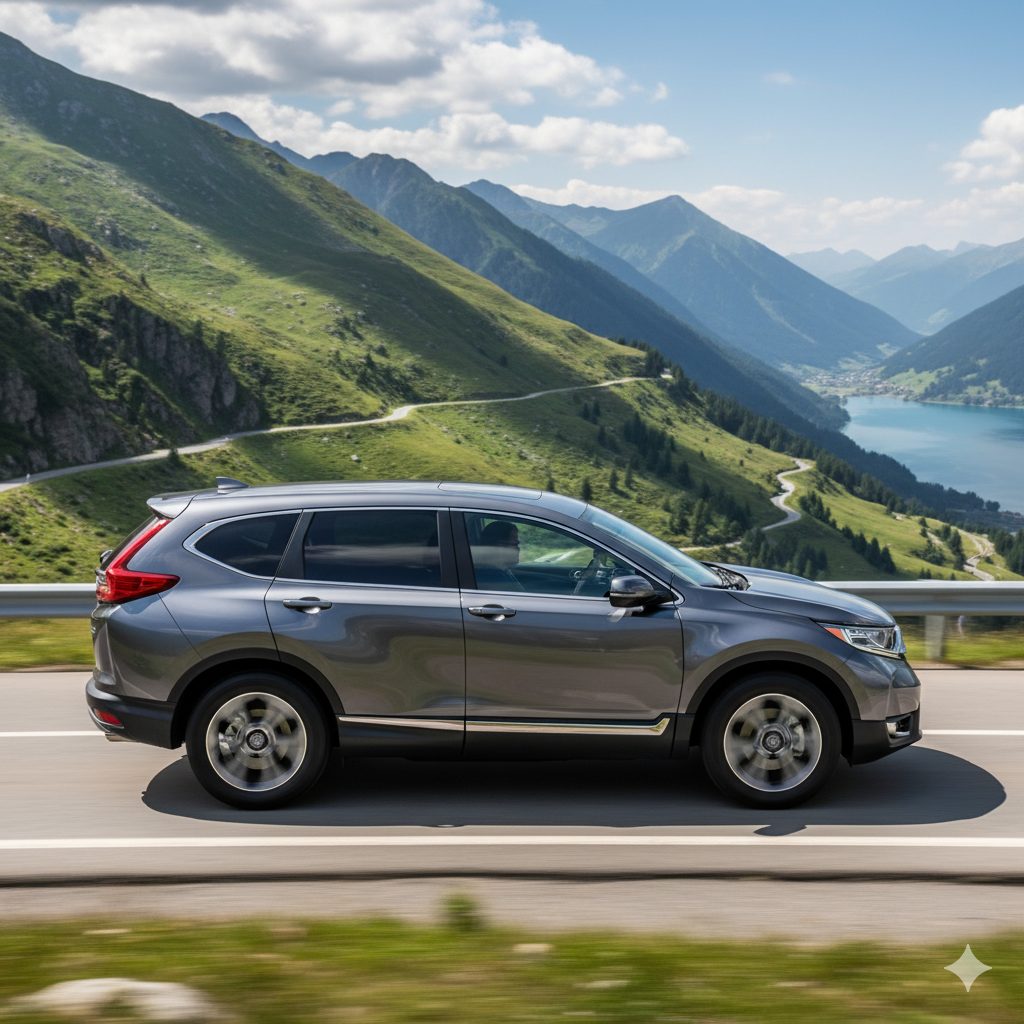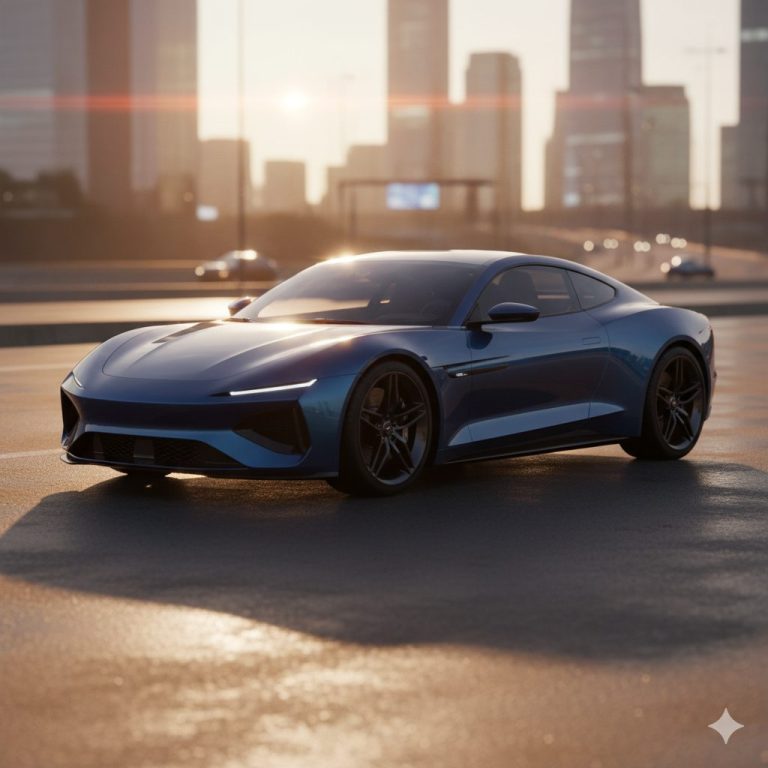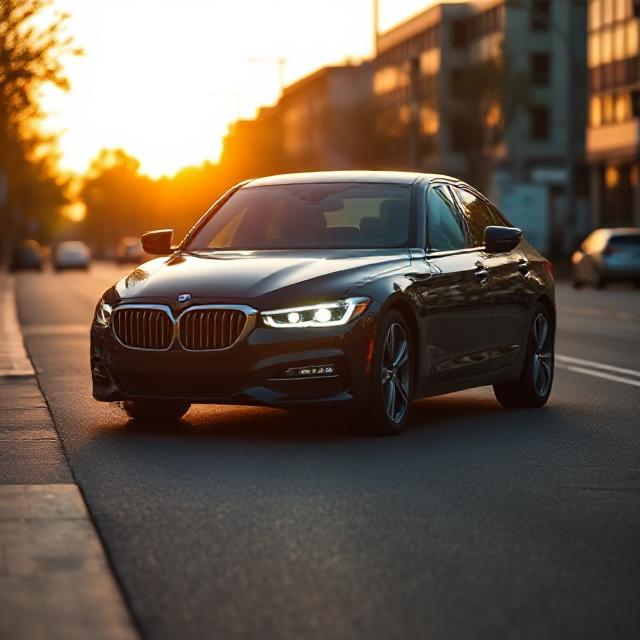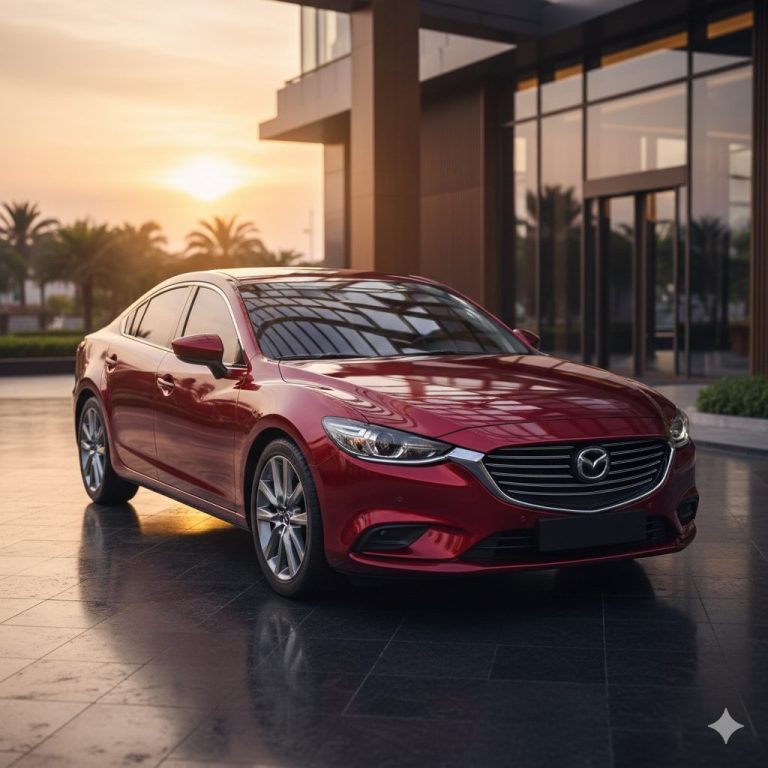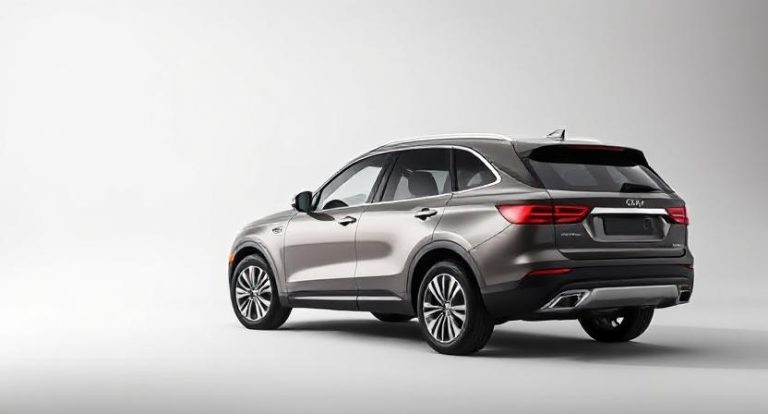How do Honda SUVs hold up when it comes to real-world reliability?
Honda has long been celebrated for producing reliable and practical vehicles, and its lineup of SUVs is no exception. From the compact HR-V to the family-friendly CR-V and the versatile Passport, Honda SUVs are designed to handle daily commutes, weekend adventures, and long road trips without frequent breakdowns or costly repairs. In real-world scenarios, Honda SUVs consistently show strong durability, excellent build quality, and smart engineering that keeps owners confident on the road. Let’s explore how these SUVs hold up when reliability truly counts.
Honda CR-V
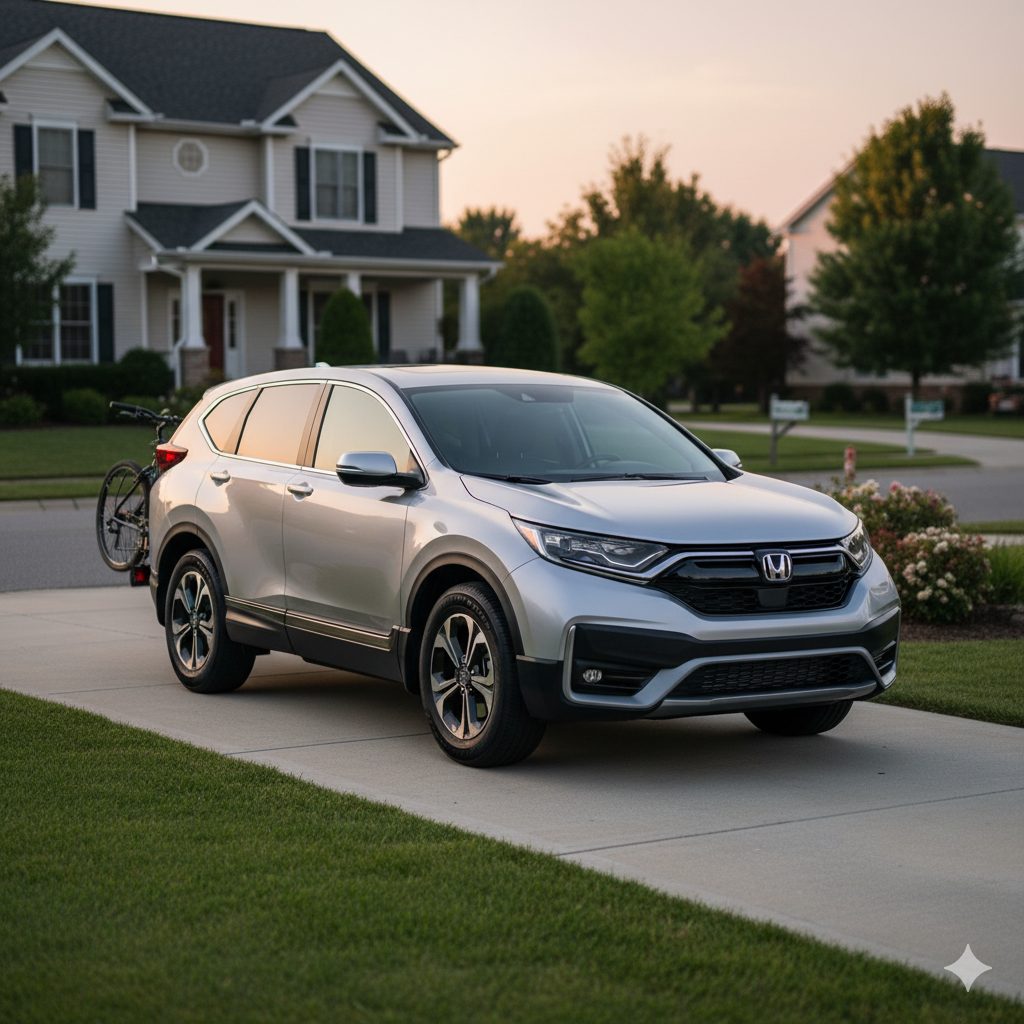
Okay, obviously we have to start with the CR-V. I mean, it’s the one, you know? It’s like the default choice for a reason. My aunt has one from, like, 2015 and she’s literally never done anything to it besides oil changes and tires. It just… works. The interior is super practical, even if it’s not super exciting, and they’re not gonna lie, the resale value is insane. You’re looking at what, starting around $30,000 now? Which is wild, but people pay it because they know it’ll probably run for 200,000 miles without a major complaint. It’s the automotive equivalent of a really reliable pair of sneakers.
Honda Pilot
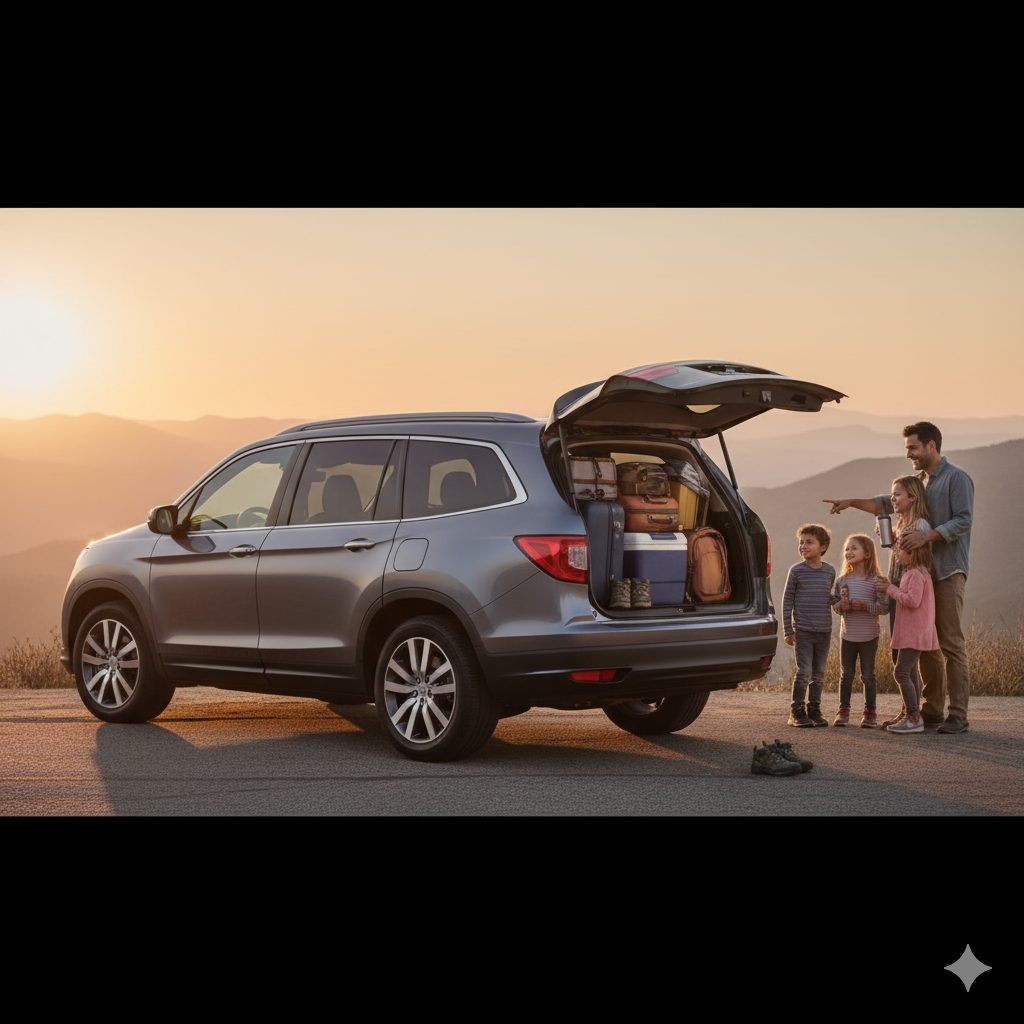
The family hauler. If you need to move three kids and all their stuff, this is it. It’s got that Honda V6, which is just a smooth, proven engine—they’ve been using variations of it for ages. I feel like the older ones, the ones from the late 2000s, they just feel indestructible. The newer ones have more tech, which is cool, but also more stuff that could potentially… you know, go wrong. But generally? Super solid. For a big three-row SUV starting around $40,000, it’s a way safer bet than a lot of the competitors that get fancy with turbochargers and stuff too early.
Honda HR-V
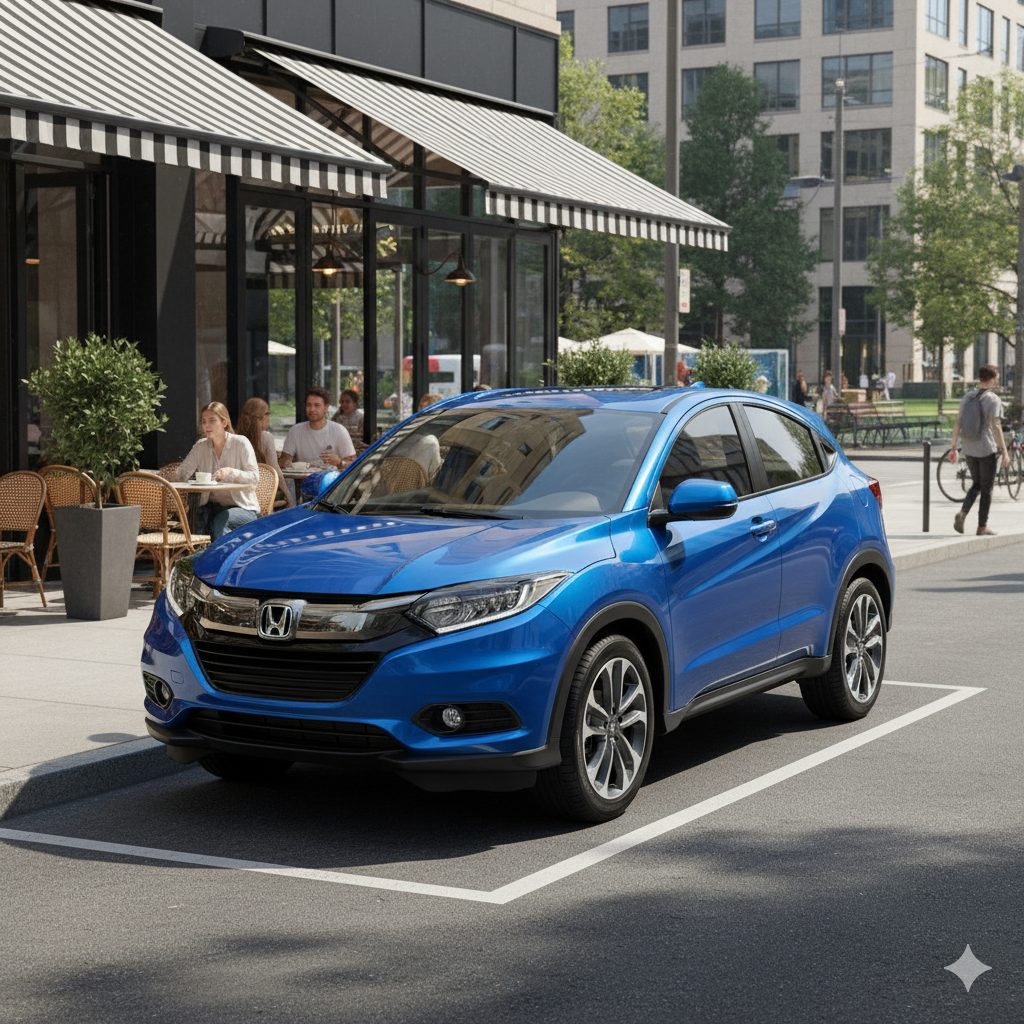
The little one! Honestly, the newest generation, the one that looks like a shrunken CR-V? It’s… fine. It’s fine! But the previous one, the one that was based on the Fit? That thing was a packaging marvel. So much space in such a tiny footprint. The engine was a bit noisy, but it was dead simple and reliable. The new one starts around $25,000 and it’s perfectly competent, but it lost a bit of that magical, ultra-practical charm. Reliability-wise, it’s probably still great, but it just feels more… ordinary now, you know?
Honda Passport
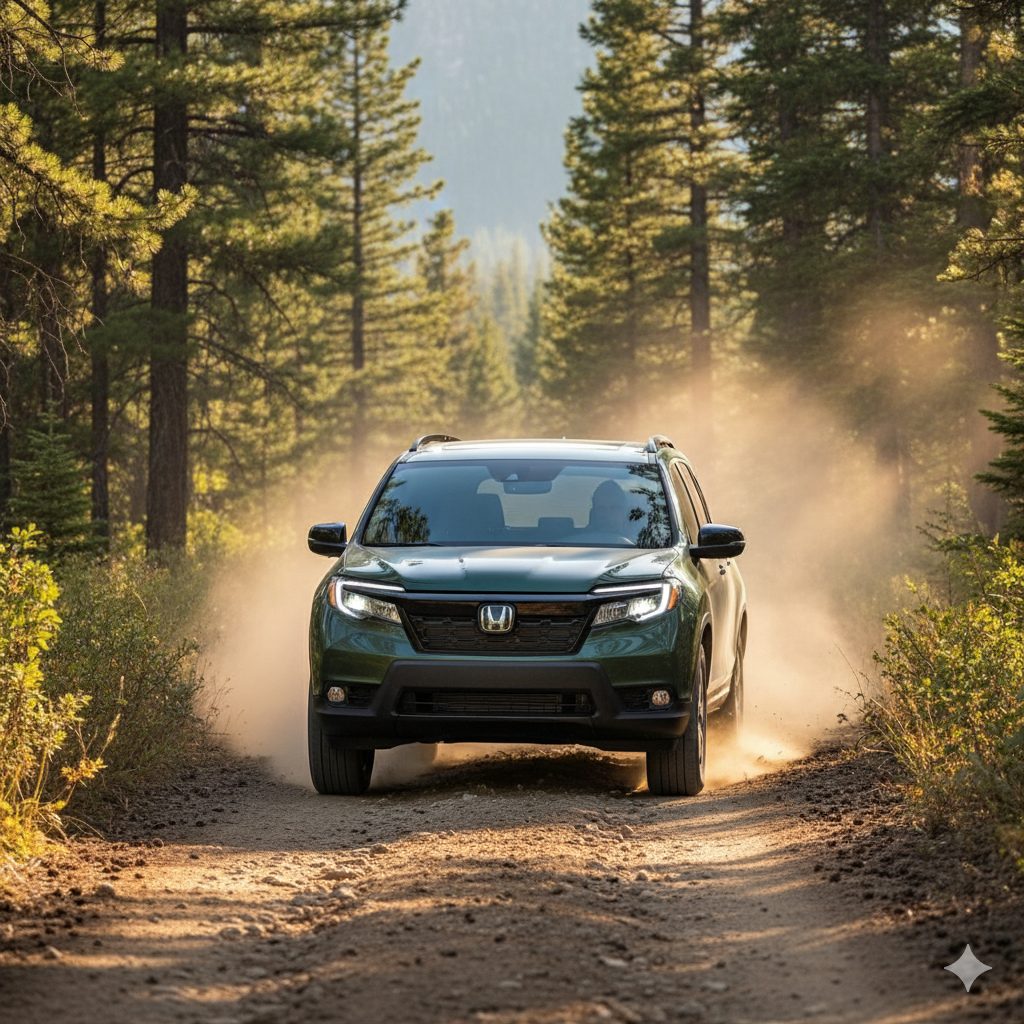
This is like the Pilot’s slightly cooler, more off-road-y sibling. It’s basically a Pilot without the third row. And because it shares so much with the Pilot, you get that same dependable V6 and transmission. It’s a really good choice if you don’t need the third row but want something substantial. I think it starts in the low $40,000s? For that, you get a lot of car that should, in theory, hold up just as well as the Pilot. It doesn’t have a long track record yet, but all the ingredients are proven.
Honda Element

I know it’s gone, but I have to mention it! That thing was a tank. The plastic cladding, the seats that folded up so you could just hose out the interior… it was weird, but it was built to last. The K-series engine in those is legendary for being bulletproof. You still see them on the road all the time, usually with a dog hanging out the back. They were cheap when new, like $20,000, and now they’re cult classics. Proof that sometimes the weirdest Hondas are also the most reliable ones.
Honda Ridgeline
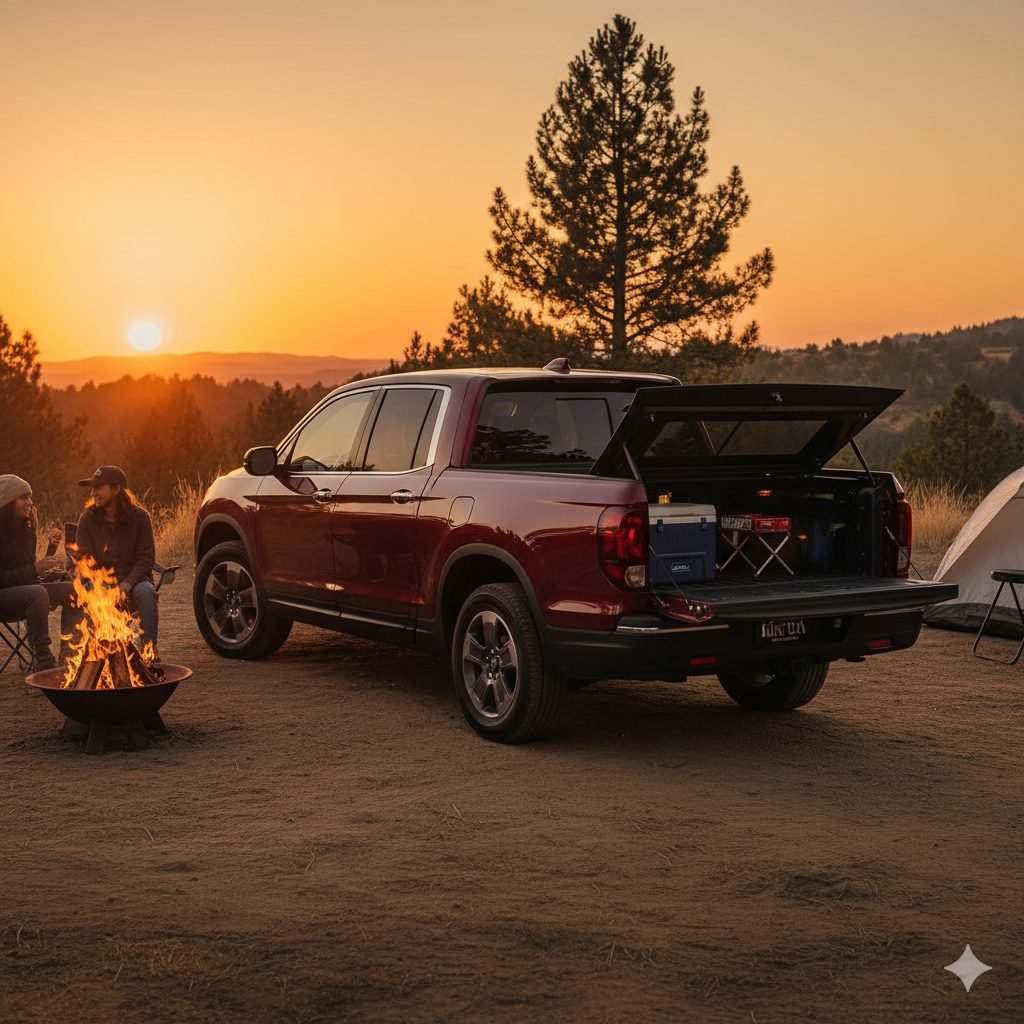
Okay, it’s a pickup truck, but it’s based on the Pilot platform, so it counts! And it’s so… smart. It has a trunk in the bed! The in-bed audio system! It’s unapologetically itself. And because it’s essentially a Pilot with a bed, it drives like a comfortable SUV and has that same reliable powertrain. For around $38,000, it’s not a heavy-duty work truck, but if you want a comfortable, dependable vehicle that can do truck stuff sometimes, it’s honestly a genius choice.
Honda BR-V
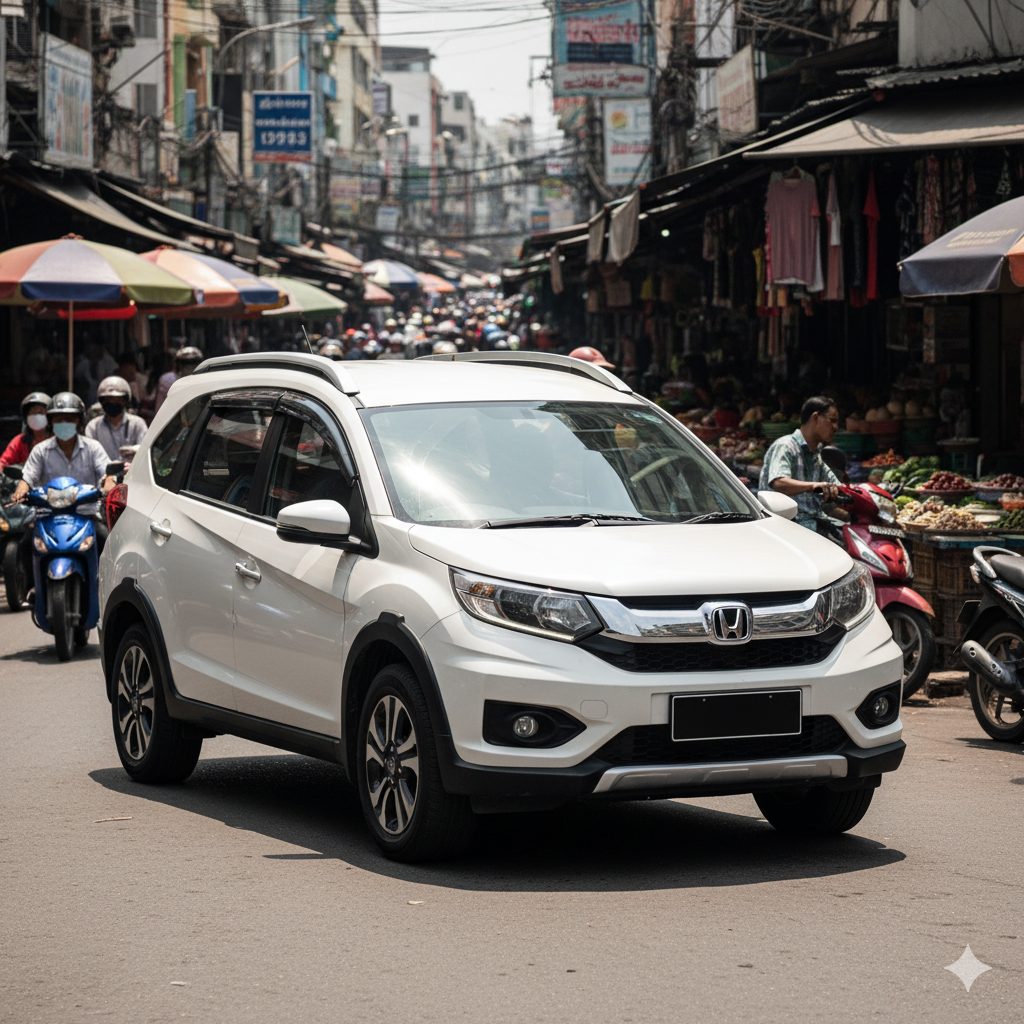
You don’t see these in the States, but it’s a big deal in other markets. It’s a budget seven-seater based on smaller car parts. And that’s the thing with Honda—even their budget-oriented models tend to be over-engineered. It’s probably rock-solid reliable, but it makes you appreciate the fit and finish we get on the Pilots and CR-Vs, you know? It’s a reminder that the core engineering is there, even in the cheaper models.
Acura MDX
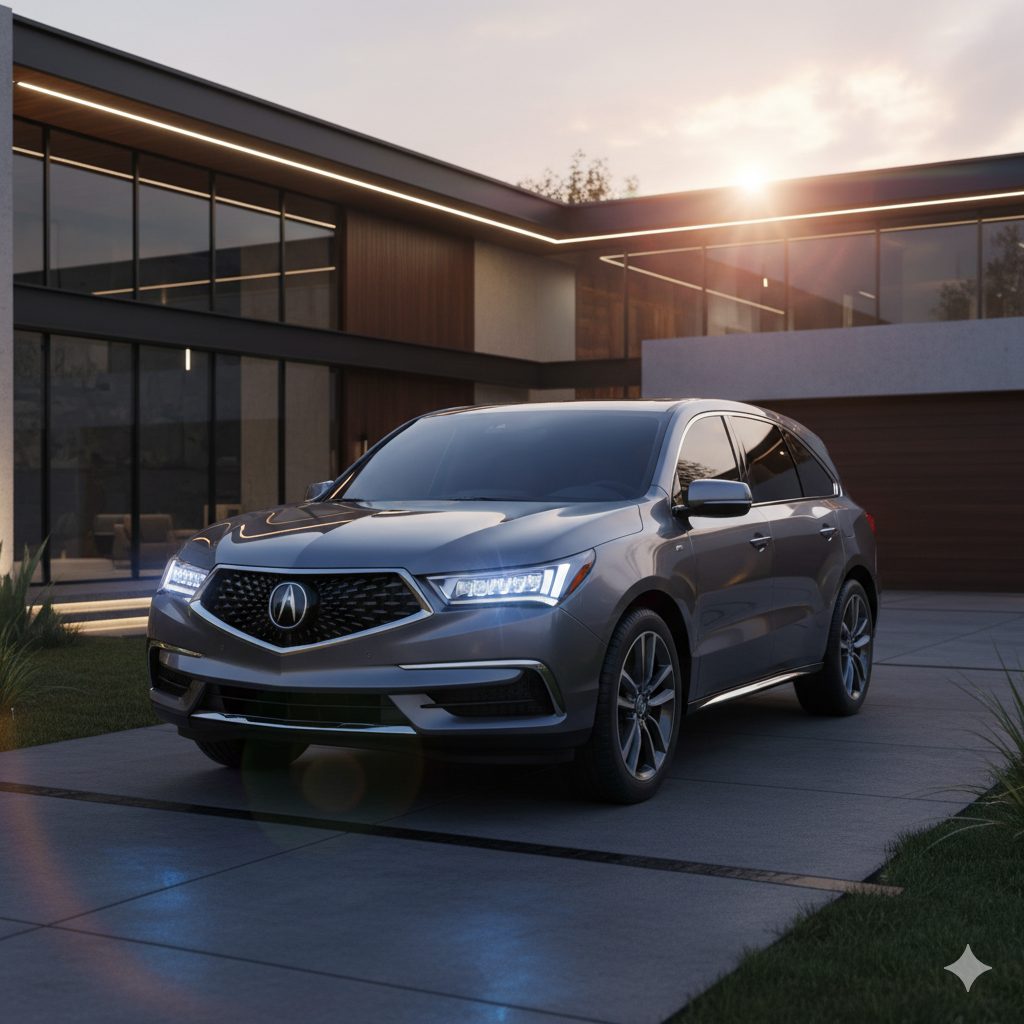
Wait, is this cheating? Acura is Honda’s luxury brand, so the MDX is basically a fancy Pilot. And honestly, that’s a good thing! You get all the proven mechanicals from the Pilot, but with a nicer interior and more features. The SH-AWD system is supposed to be really good. It starts around $50,000, which is a lot, but you’re paying for the premium badge and the extra comfort, not for untested new technology. So from a reliability standpoint, it’s a safe bet in the luxury world.
Honda Crosstour
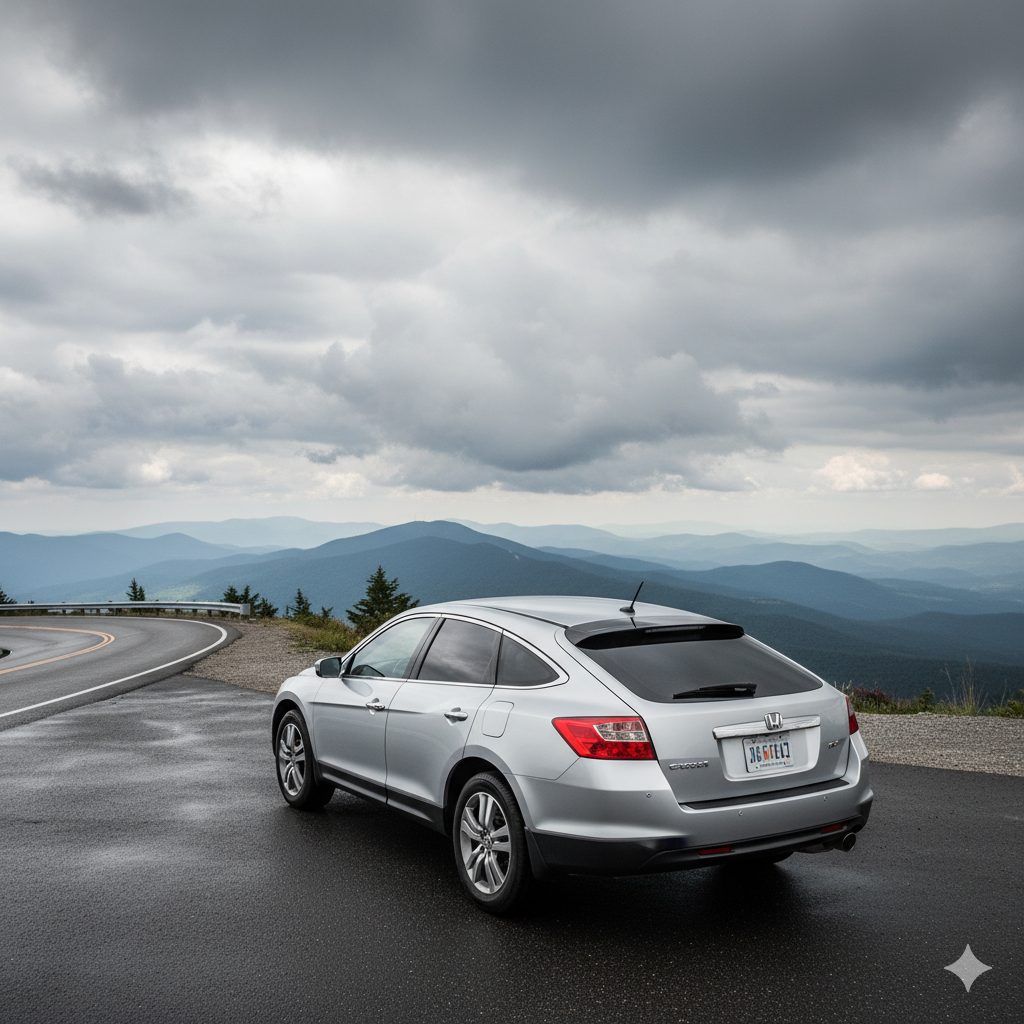
Oh man, this one was… controversial. It was like an Accord that got stretched into a weird crossover-coupe thing. People made fun of how it looked, and yeah, it was kinda odd. But under the skin, it was all Accord, which is one of the most reliable platforms ever. So while it wasn’t a sales hit, starting around $30,000 back then, the ones that are still on the road are probably running just fine. It’s a lesson that even Honda’s “misses” are still pretty reliable.
Acura RDX
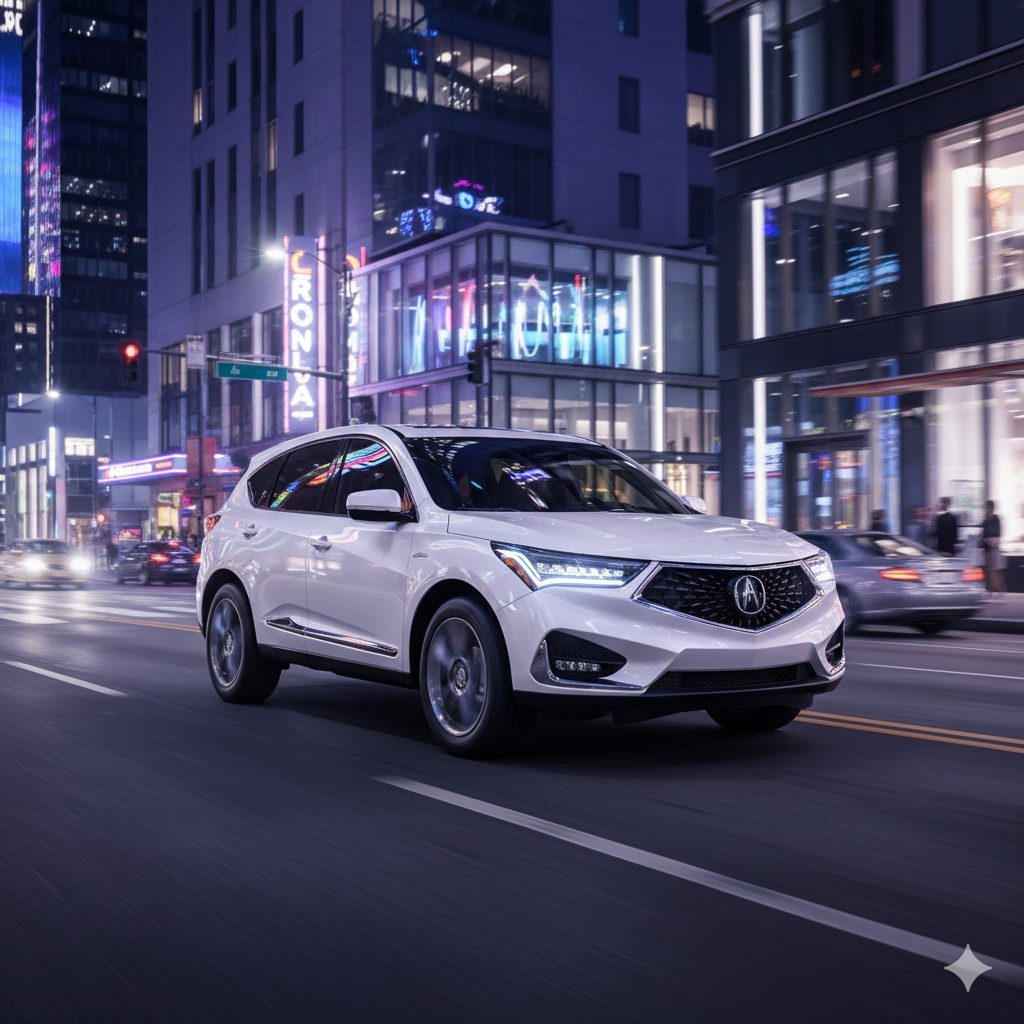
And back to Acura for the little one. The RDX is the luxury counterpart to the CR-V. The newer ones with the 2.0-liter turbo are quick and nice, but the older ones with the V6 were just so smooth and, I dunno, effortless. They start in the low $40,000s now. You see a ton of the previous generation models still looking sharp on the road, which tells you that people are holding onto them because they’re not causing any trouble.

